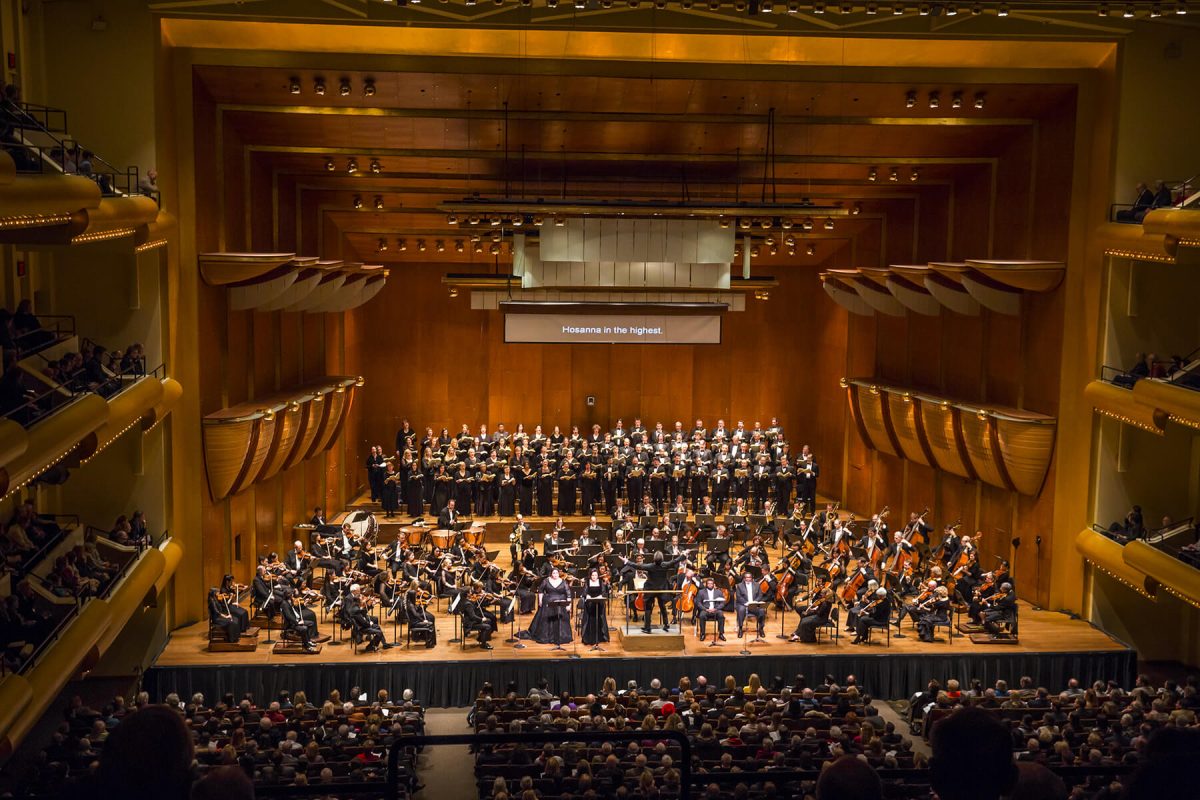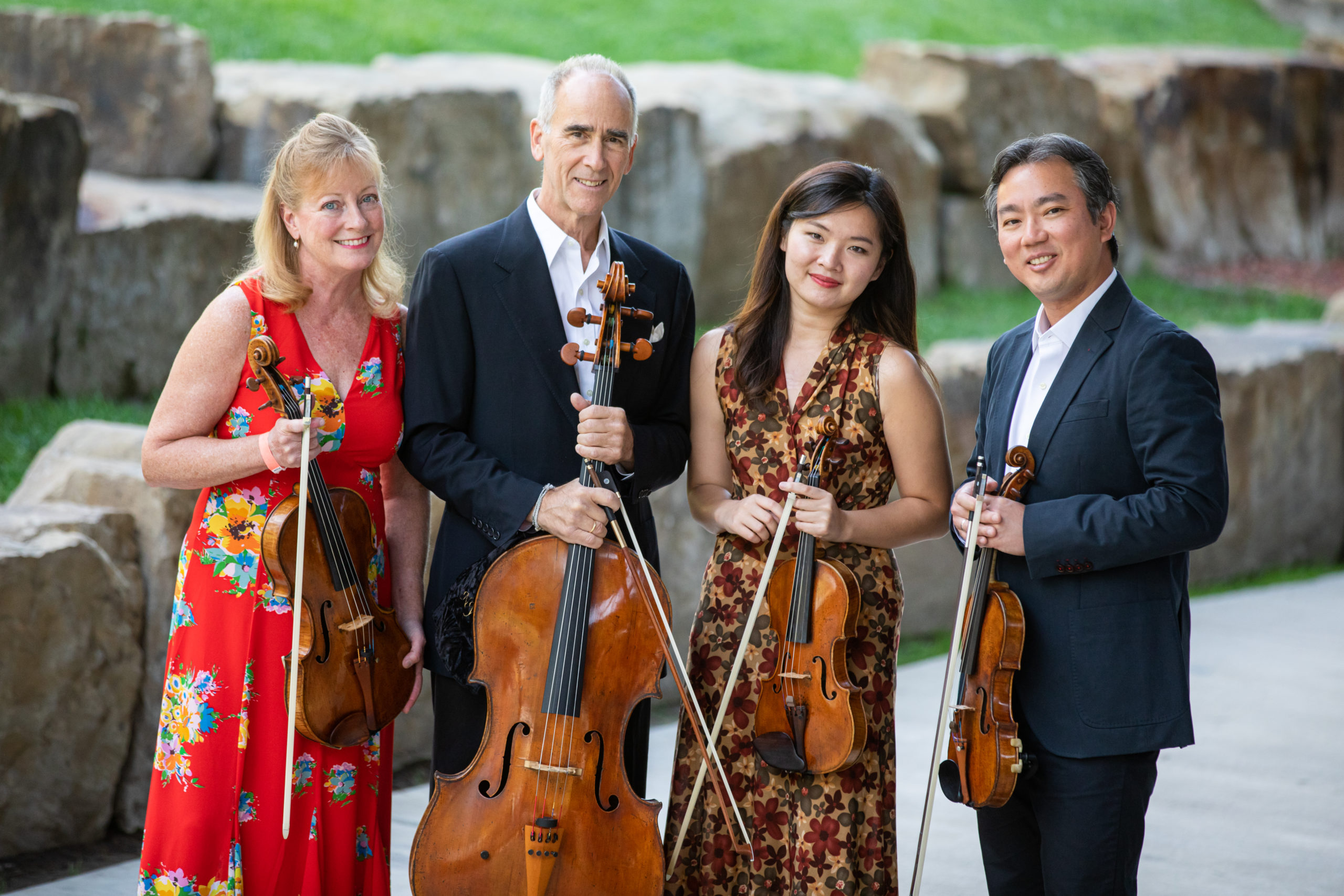The New York Philharmonic stands not just as a beacon of musical excellence but also as a reflection of the cultural tapestry that is New York City. As one of the oldest orchestras in the United States, founded in 1842, it has played a pivotal role in shaping the landscape of classical music. The Philharmonic continues to evolve, blending tradition with innovation in ways that resonate with both seasoned concert-goers and a new generation of music lovers. This article delves into the legacy, cultural impact, innovation through technology, collaborative spirit, and global influence of the New York Philharmonic, showcasing how it embodies a commitment to artistic excellence while remaining relevant in contemporary society.
The Legacy of the New York Philharmonic
The history of the New York Philharmonic is rich and multifaceted, intertwining closely with the broader narrative of American music. As one of the oldest orchestras in America, its establishment marked a crucial moment in the evolution of classical music on the continent. The orchestra has consistently showcased its dedication to performing classical masterpieces while also championing contemporary composers, which solidifies its reputation as a forward-thinking institution.
The Founding Years and Early Performances

The inception of the New York Philharmonic is a story rooted in the ambition of a group of musicians who sought to create a platform for performing symphonic music. These early years were marked by a struggle for recognition and stability, as the orchestra navigated the trials of public interest and financial support. However, the commitment to quality performances helped establish the Philharmonic as an essential part of New York’s cultural landscape.
In those formative years, the Philharmonic undertook several noteworthy performances that would set the stage for its future impact. It was during these concerts that the seeds of what would become a storied tradition were sown. Audiences began to appreciate the intricate nuances of symphonic music, laying the groundwork for generations of music lovers to come.
Renowned Conductors and Their Influence
Throughout its history, the New York Philharmonic has been under the baton of many esteemed conductors, each leaving an indelible mark on the orchestra’s identity. Legendary figures like Leonard Bernstein and Alan Gilbert have shaped the Philharmonic’s repertoire and approach to performance. Bernstein’s tenure was particularly influential, as he introduced innovative programming and worked tirelessly to engage younger audiences.
Under these maestros, the orchestra expanded its repertoire to include not only classical masterpieces but also contemporary works. This commitment to new compositions invites audiences to consider how classical institutions can bridge gaps between past and present, creating a living dialogue within the art form itself. Such efforts challenge the stereotype of classical music as elitist, suggesting instead that it is a universal language that resonates with everyone.
A Commitment to Contemporary Compositions
The New York Philharmonic’s dedication to contemporary composers reflects its understanding of the importance of evolution in music. By featuring new works in their season programs, the orchestra ensures that it remains relevant and responsive to the changing artistic climate. This commitment does not merely serve the purpose of staying current; it fosters an environment where audiences can explore new soundscapes, pushing the boundaries of classical music.
Through commissioning and premiering new compositions, the Philharmonic opens doors to fresh perspectives and innovative ideas. This initiative enriches the cultural fabric of New York City and beyond, allowing for a dynamic conversation about creativity and expression in the 21st century.
Cultural Impact and Community Engagement
One cannot underestimate the impact this institution has on the local community and beyond. The New York Philharmonic’s educational initiatives play a vital role in cultivating a love of music among young New Yorkers. Programs like the Philharmonic Schools aim to promote accessibility and diversity, striking at the very heart of inclusivity.
Education as a Tool for Inclusion
In recent years, the Philharmonic has made significant strides in engaging with public schools and underserved communities. Through tailored educational programs, the orchestra nurtures talent in young musicians and instills a sense of pride in their cultural heritage. This outreach is instrumental in reshaping perceptions of classical music, encouraging young people from all backgrounds to see themselves as part of this vibrant art form.
The emphasis on accessibility is more than a mere footnote in the Philharmonic’s mission; it represents a profound commitment to breaking down socioeconomic barriers. Music education becomes a powerful tool for social change, reminding us that art belongs to everyone, irrespective of their background.
Collaborative Initiatives and Community Partnerships
The New York Philharmonic often collaborates with local organizations to foster greater engagement in the arts. These partnerships help bridge gaps between classical music and diverse communities by promoting shared experiences that resonate deeply with individuals’ lived realities. By inviting various artists and performers to join in projects, the Philharmonic creates opportunities for cross-cultural exchange and dialogue.
Such collaborations not only attract a wider audience but also demonstrate the orchestra’s versatility and relevance. Imagine a concert where Beethoven’s timeless melodies interweave with contemporary hip-hop beats; such pairings invite conversations about the evolving nature of creativity and expression.
Changing Perceptions of Classical Music
The New York Philharmonic’s efforts in community engagement are instrumental in challenging stereotypes surrounding classical music. Traditionally viewed as an elitist domain, the orchestra actively works to shift this narrative. Its initiatives underscore the idea that music, especially classical music, is a universal language that transcends boundaries.
By fostering an environment that celebrates diversity and inclusivity, the Philharmonic encourages audiences to embrace classical music as an integral part of their lives. This reshaping of perception is essential for the sustainability of classical institutions, ensuring they continue to thrive amid a rapidly changing cultural landscape.
Innovation Through Technology

In an age where digital engagement is vital, the New York Philharmonic has embraced technology to reach broader audiences. This strategic shift enables the orchestra to maintain its relevance and adapt to modern demands without sacrificing its core mission of delivering top-tier musical experiences.
Digital Streaming and Virtual Experiences
The rise of digital platforms has revolutionized how audiences experience live performances. The Philharmonic has adeptly harnessed this trend by offering live-streaming concerts and virtual reality experiences. These innovations allow music lovers from around the world to partake in performances that otherwise might be confined to the concert hall.
This technological shift raises intriguing questions about the future of live performance. Will the essence of being physically present in a concert hall be replaced by a more democratized experience accessible from anywhere? As we navigate these changes, the Philharmonic serves as a case study for how traditional arts organizations can adapt while maintaining their foundational values.
Embracing Social Media for Engagement
The New York Philharmonic has also recognized the potential of social media in reaching new audiences. Platforms such as Instagram, Twitter, and Facebook provide avenues for sharing behind-the-scenes content, artist interviews, and interactive discussions. By engaging with followers in real-time, the orchestra breaks down barriers, making classical music more approachable and relatable.
This active presence online fosters a sense of community among fans, facilitating connections that extend beyond the concert hall. The Philharmonic’s engagement strategies encourage younger generations to discover and appreciate the richness of classical music, ultimately shaping the future of the art form.
Innovations in Programming
Embracing technology allows the New York Philharmonic to experiment with innovative programming formats. Concerts can now integrate multimedia elements, combining traditional orchestral performances with video projections or interactive components. This fusion creates a multisensory experience that offers audiences a fresh perspective on the symphonic repertoire.
These explorations not only enhance the overall experience but also expand the definition of what a concert can entail. By reimagining the space and format of performances, the Philharmonic invites audiences to reconsider their relationship with classical music and encourages them to see it as a living, breathing entity that evolves with time.
Collaboration and Cross-Genre Exploration

Moreover, the New York Philharmonic has embarked on creative collaborations that cross genre boundaries. The intersection of classical music with other genres like jazz, pop, and film scores illustrates the orchestra’s versatility and relevance in a rapidly changing artistic climate.
Fostering Interdisciplinary Projects
Collaborative ventures allow the New York Philharmonic to break free from traditional orchestral confines. Partnering with artists from various genres introduces audiences to unique interpretations of symphonic works. Such interdisciplinary projects serve as a testament to the vibrancy of collaboration in the arts.
Imagine a concert featuring Beethoven alongside contemporary hip-hop artists; this radical pairing challenges conventional norms and paves the way for exciting possibilities. These fusions not only attract diverse audiences but also cultivate a deeper appreciation for the interconnectedness of different musical styles.
Expanding Audience Horizons
Through cross-genre exploration, the New York Philharmonic expands its audience horizons by engaging with individuals who may not typically attend classical concerts. The infusion of different artistic expressions broadens the appeal of symphonic music, attracting those who resonate with popular culture.
This strategy underscores the orchestra’s commitment to keeping classical music alive and thriving. By embracing innovation and exploring new avenues, the Philharmonic invites audiences to experience the richness of its offerings, ensuring that it remains a relevant force in today’s artistic landscape.
Highlighting the Power of Collaboration
The New York Philharmonic’s collaborative spirit reflects a broader trend in the arts: the recognition that creativity flourishes in partnership. By working alongside artists from various disciplines, the Philharmonic emphasizes the power of collaboration in driving artistic innovation.
In doing so, the orchestra acknowledges that music, at its core, is about connection. Whether bridging historical divides through genre exploration or fostering partnerships that celebrate shared experiences, the New York Philharmonic exemplifies the potential for artistry to unite people and inspire meaningful conversations.
Global Influence and Responsibility

As a global ambassador of culture, the New York Philharmonic carries a responsibility to represent the richness of human experiences through music. Traveling internationally, participating in festivals, and engaging with diverse cultures allows the orchestra to contribute to global dialogues about identity, conflict, and harmony.
Music as a Universal Language
Music possesses the unique capacity to transcend language barriers and cultural differences. In its role as a cultural diplomat, the New York Philharmonic utilizes this power to forge connections across borders. By presenting concerts in different countries, the orchestra showcases the universality of its art form while highlighting the distinctiveness of various musical traditions.
This commitment to global engagement reinforces the idea that music can foster understanding and empathy amidst a fragmented world. It invites audiences to reflect on their shared humanity, reminding us that even in times of discord, music serves as a unifying force.
Engaging with Diverse Cultures
The Philharmonic’s international tours and festival appearances offer opportunities for cross-cultural exchanges that enrich both the orchestra and the communities it visits. By collaborating with local musicians and participating in cultural events, the Philharmonic demonstrates a genuine respect for diverse artistic practices.
These engagements expose audiences to new sounds and perspectives, deepening their appreciation for the myriad forms of expression found throughout the globe. As ambassadors of culture, the Philharmonic members embody the notion that music transcends borders and connects people on deeper levels.
Navigating Challenges of Globalism
The New York Philharmonic’s global influence also comes with the responsibility to address pressing issues within the realm of international discourse. By addressing themes of conflict, identity, and unity through its programming and outreach initiatives, the orchestra plays a pivotal role in shaping conversations about societal challenges.
In a world increasingly defined by division, the Philharmonic stands as a beacon of hope and understanding. Its commitment to representing diverse human experiences through music underscores the belief that art has the power to heal wounds and spark meaningful dialogue.
Conclusion

The New York Philharmonic exemplifies how a venerable institution can remain relevant in contemporary society. Its unwavering dedication to excellence while embracing change positions it not just as a guardian of classical music traditions but as a catalyst for innovation and unity within the arts. Through its rich legacy, cultural impact, innovative use of technology, collaborative spirit, and global responsibility, the Philharmonic continues to shape the landscape of classical music, ensuring that it resonates with every generation. As we move forward, the New York Philharmonic remains a testament to the enduring power of music to inspire, connect, and uplift the human spirit.








